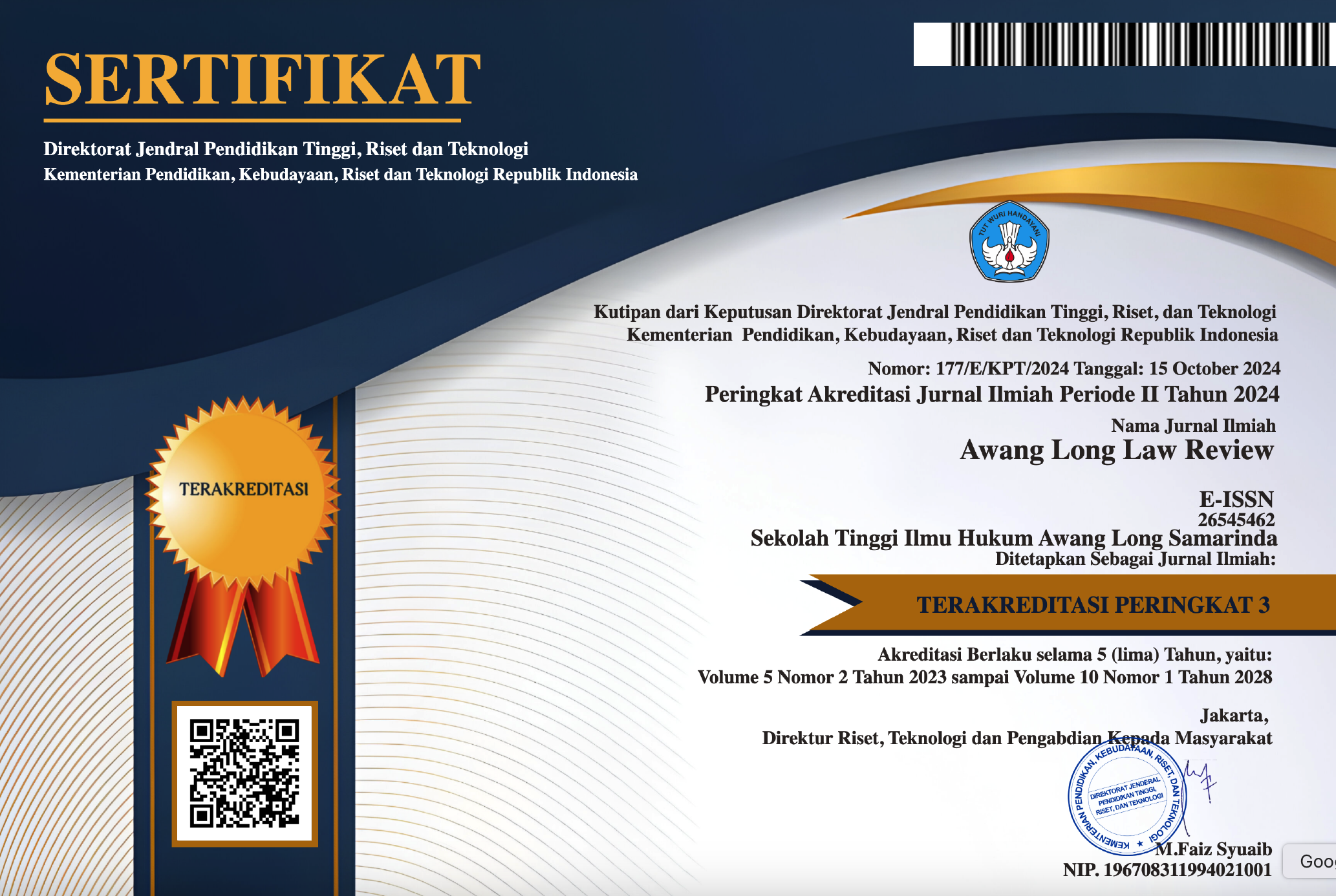REVIEW OF CRIMINAL PROVISIONS OF FAKE NEWS (HOAX) BASED ON LEGISLATION IN INDONESIA
Abstract
The crime of fake news (hoax) is qualified as a material crime, namely a crime that must result in losses in the form of losses to consumers. Consumers are defined as users of manufactured goods (clothing, food, etc.), recipients of advertising messages, and service users (customers and so on). So that Article 28 paragraph (1) jo. Article 45A paragraph (1) of the ITE Law does not cover the general public. The definition of a consumer must be based on Law Number 8 Year 1999 concerning Consumer Protection. In addition, Article 28 paragraph (1) of the ITE Law is not a criminal offense against the act of spreading false news (hoax) in general, but the act of spreading false news in the context of electronic transactions such as online trading transactions. So, it can be concluded that the hoaxes regulated in Article 28 paragraph (1) jo. Article 45A paragraph (1) of the ITE Law is a material offense and its validity is limited to electronic transactions between consumers and producers, such as the sale of certain goods and/or services. So that the article cannot be applied to the general public.
Downloads
Copyright (c) 2022 Awang Long School of Law

This work is licensed under a Creative Commons Attribution-ShareAlike 4.0 International License.







